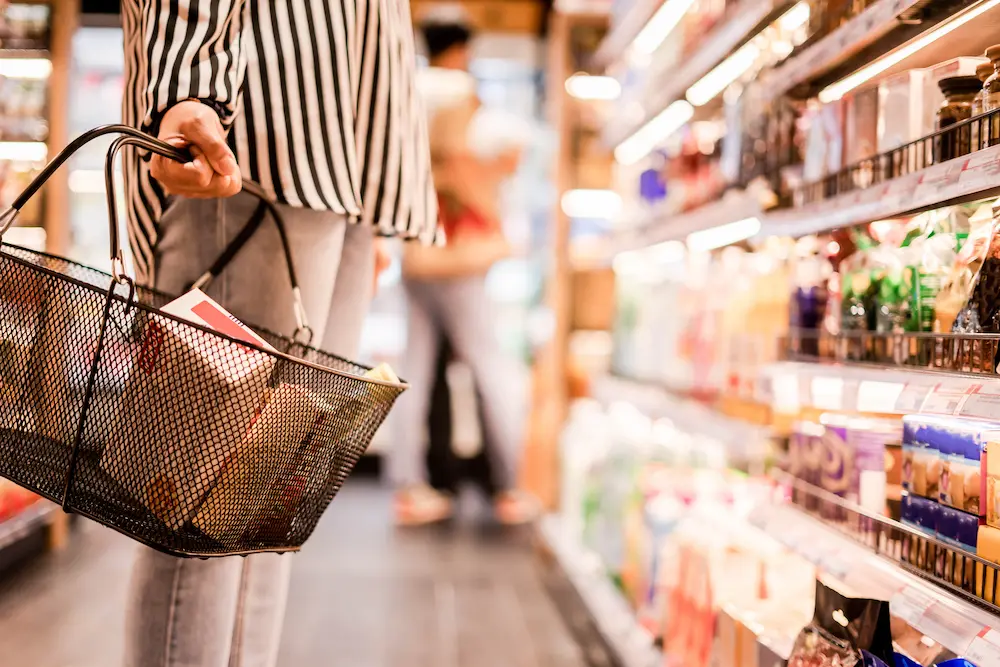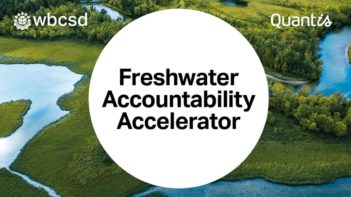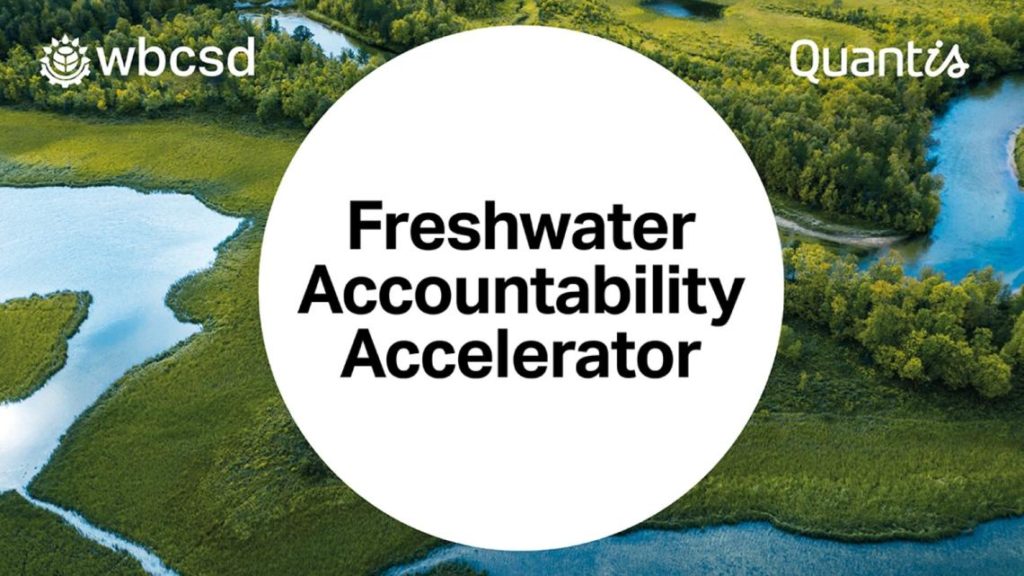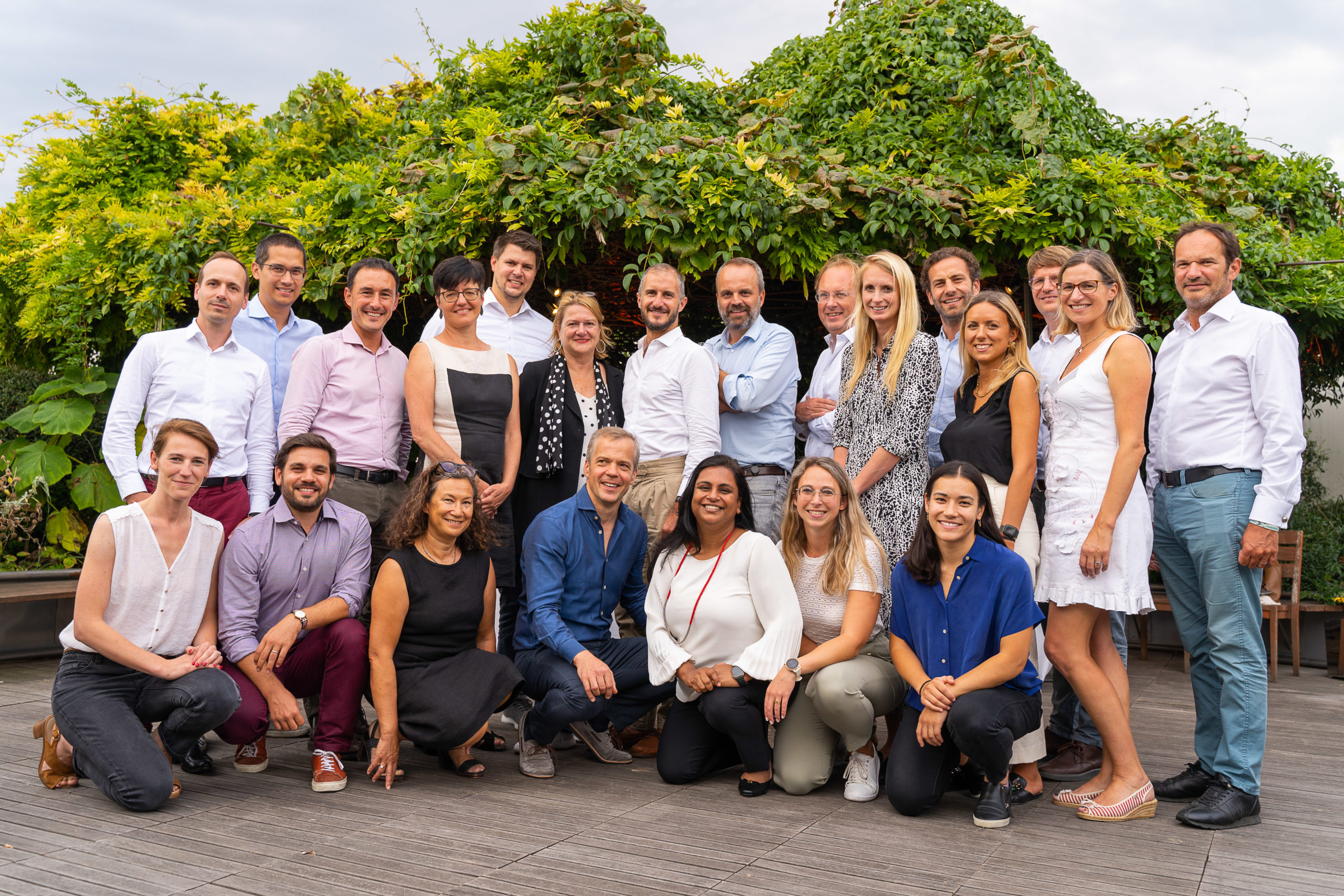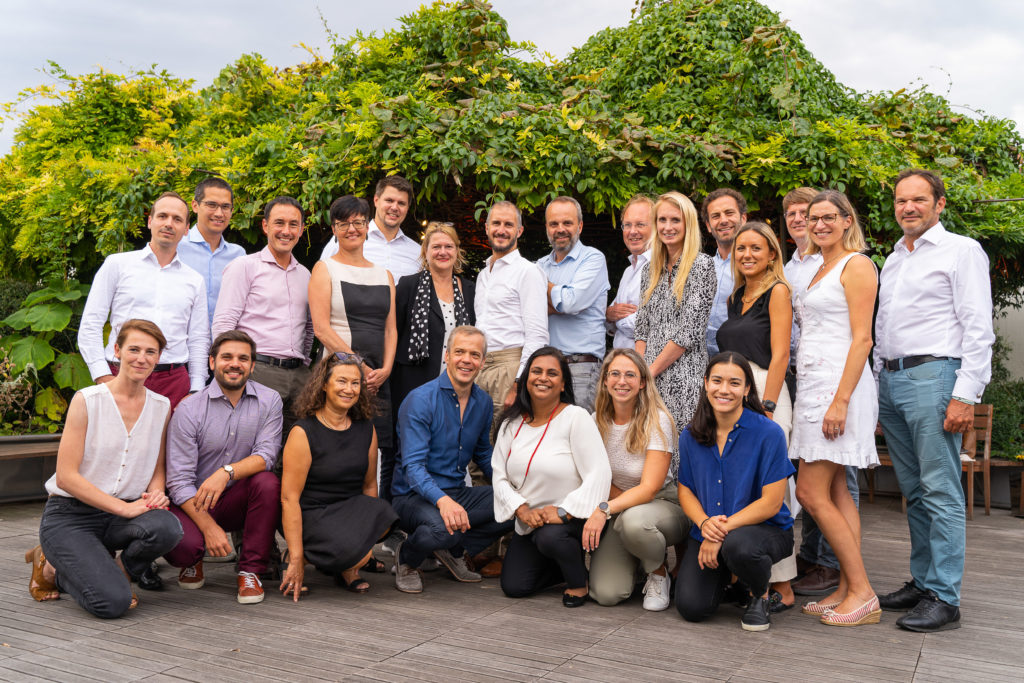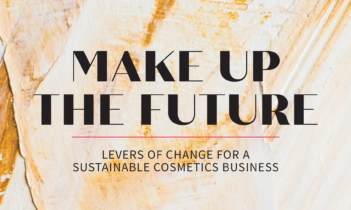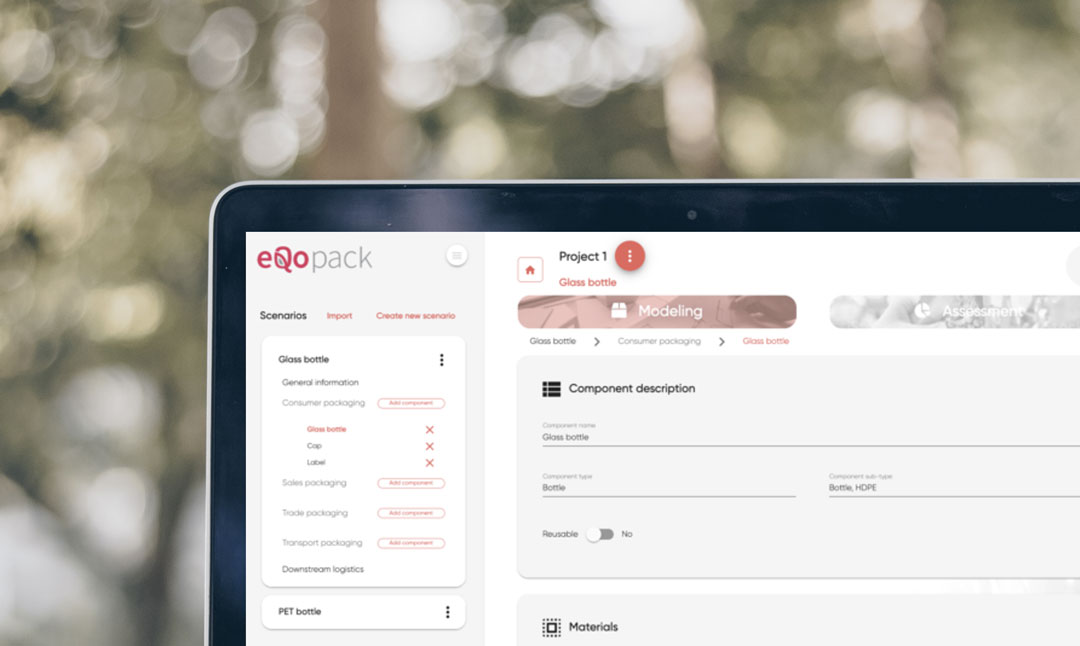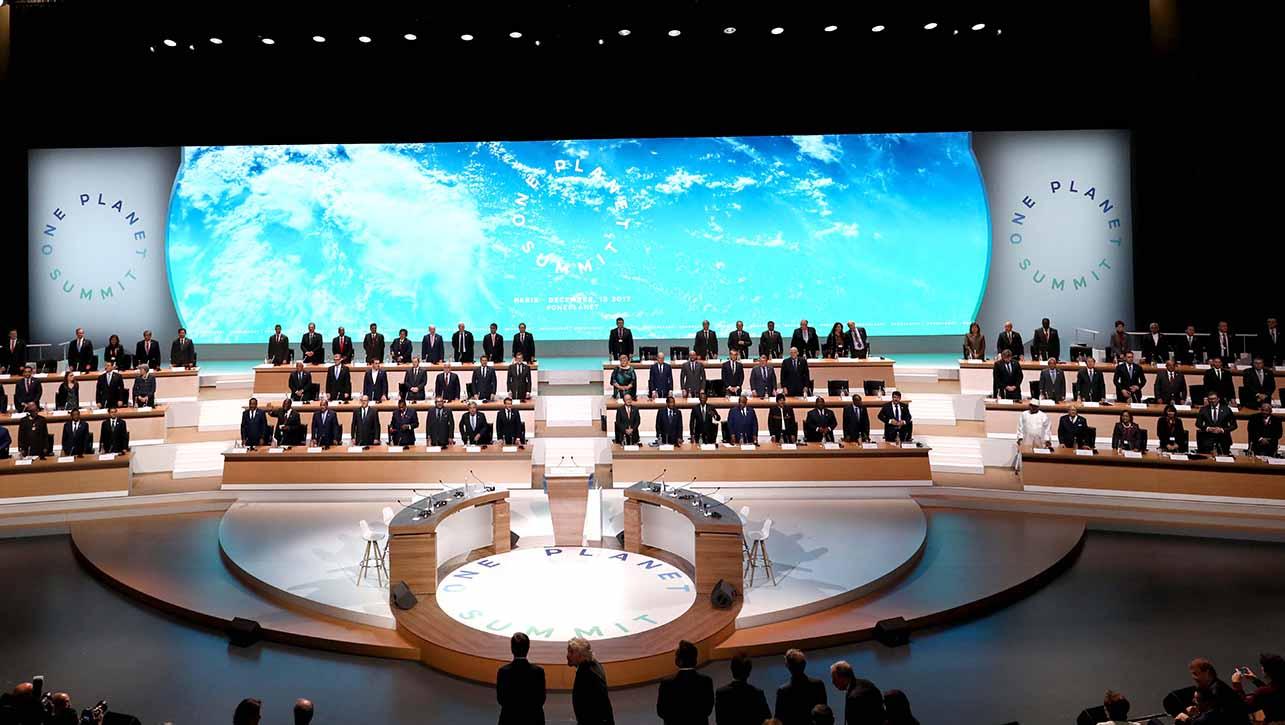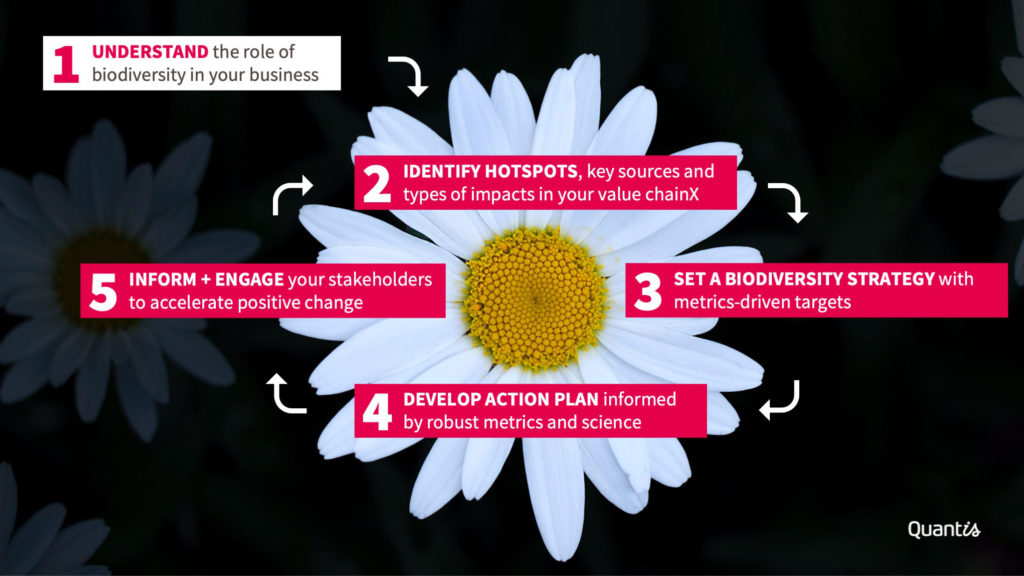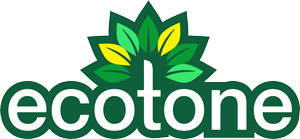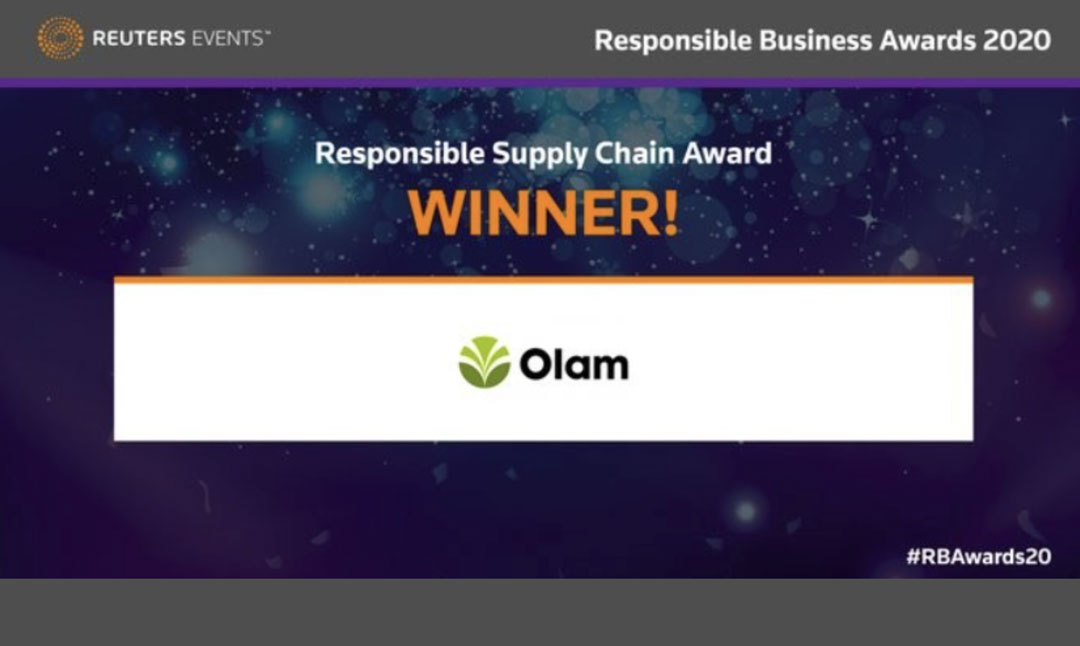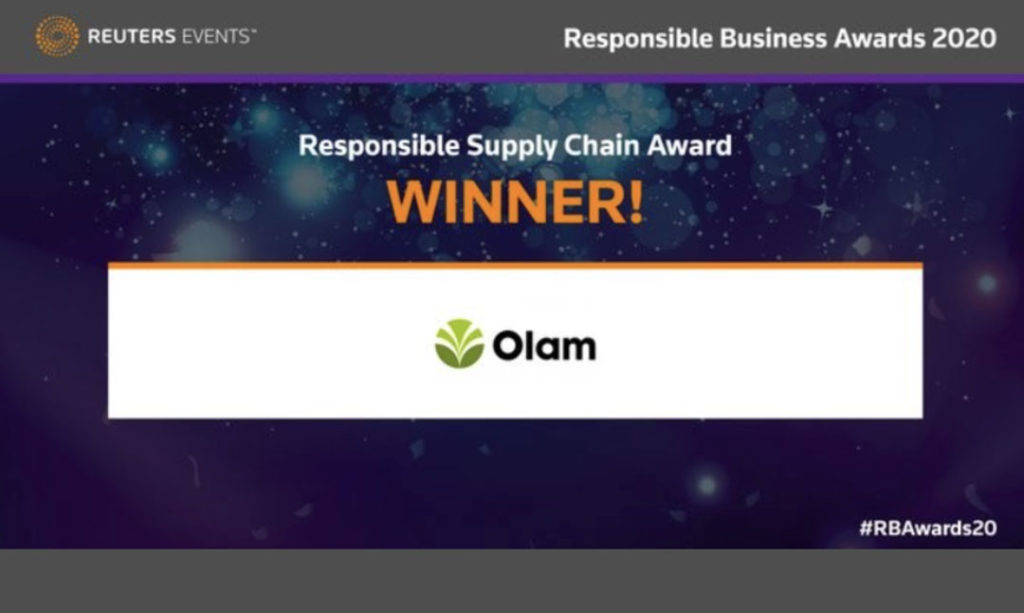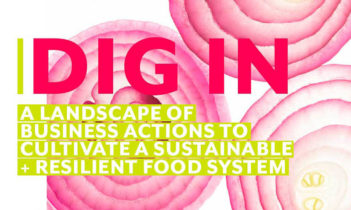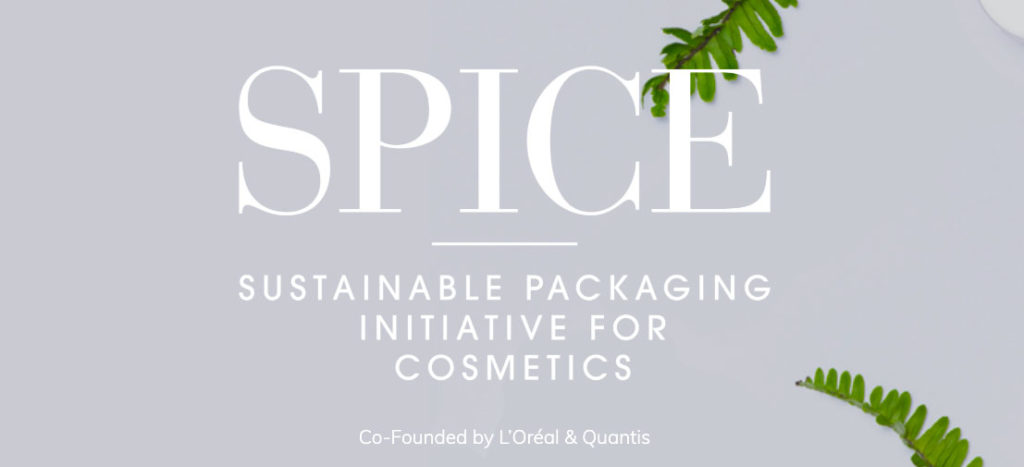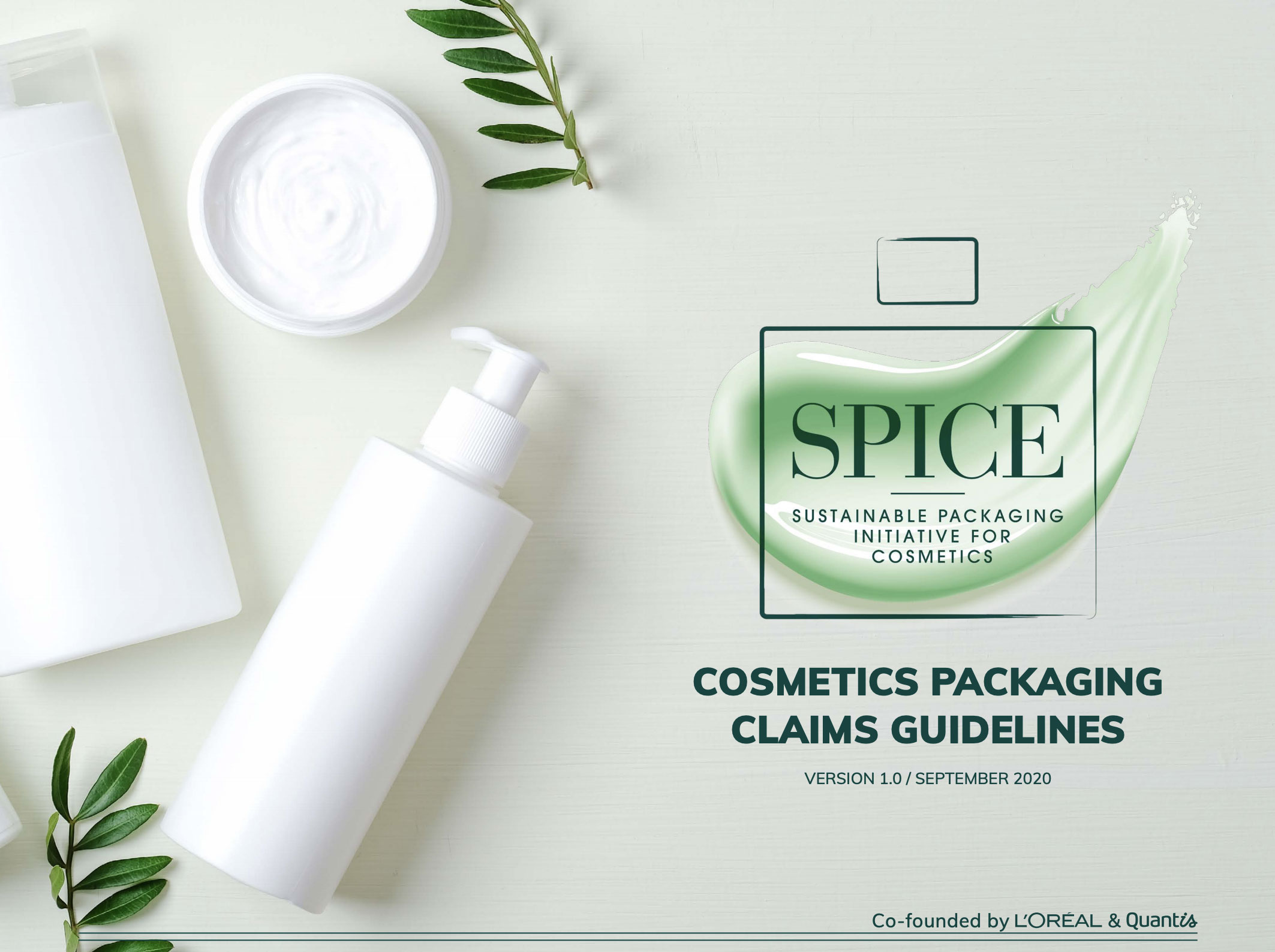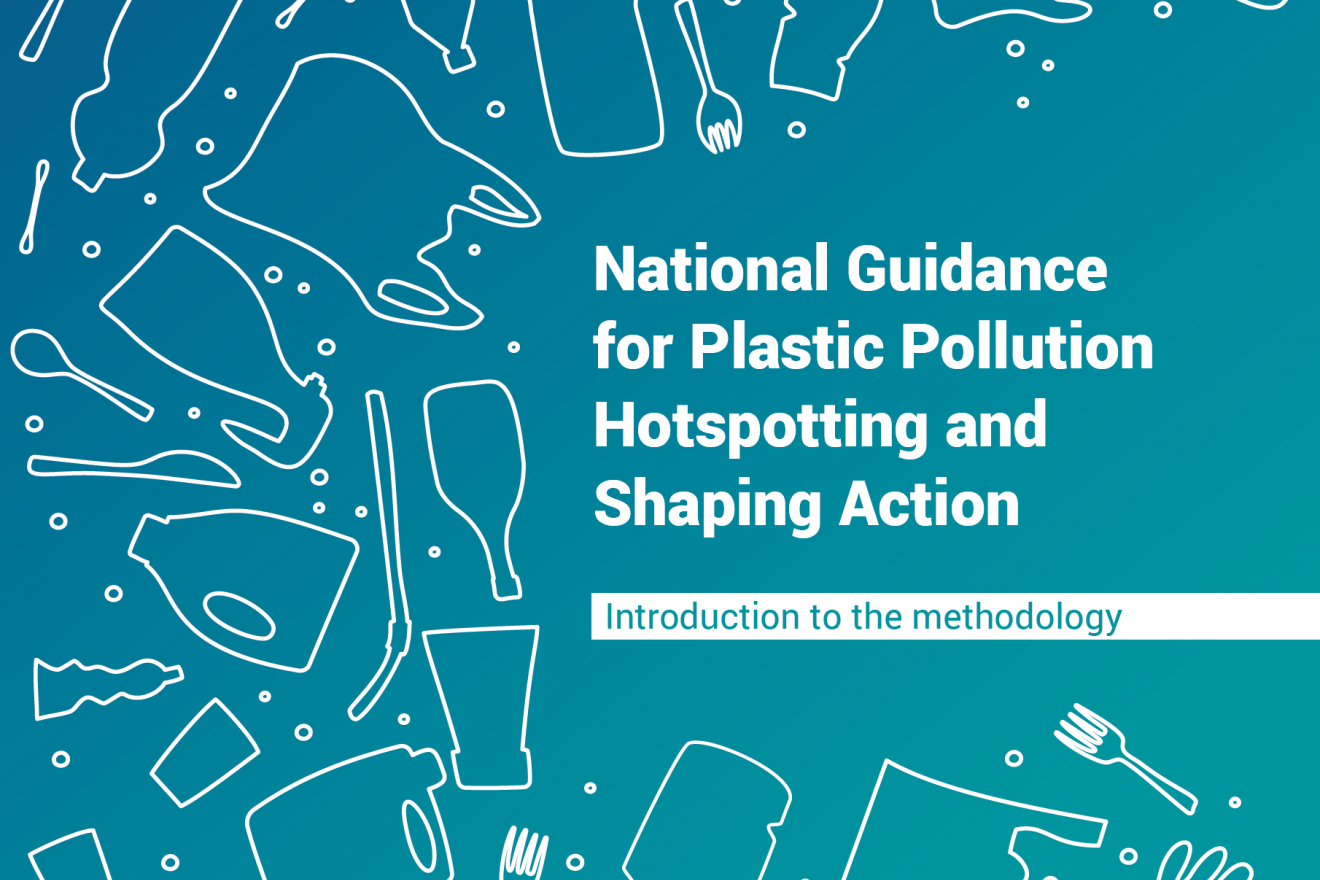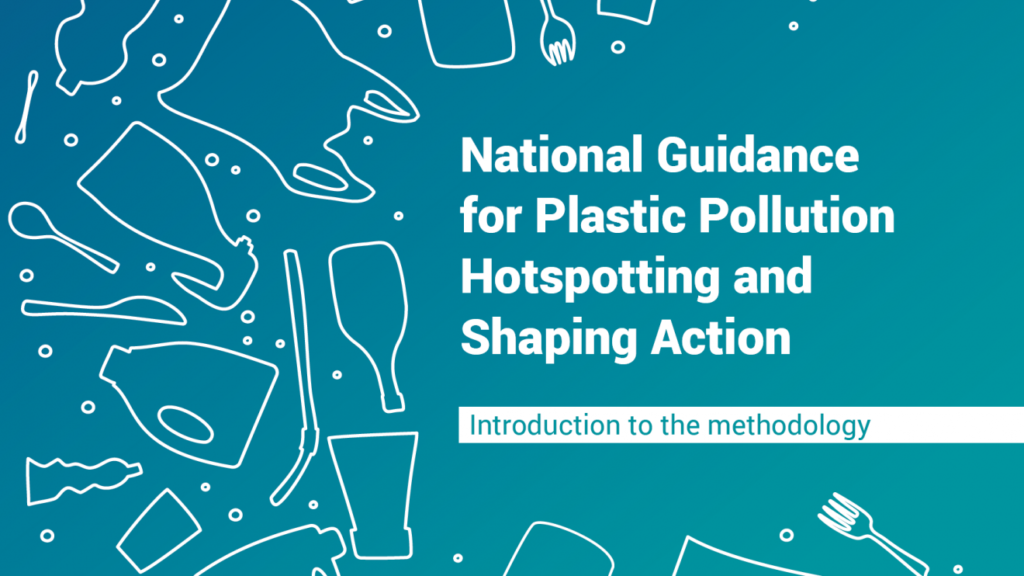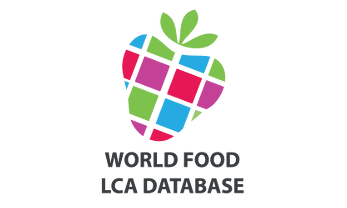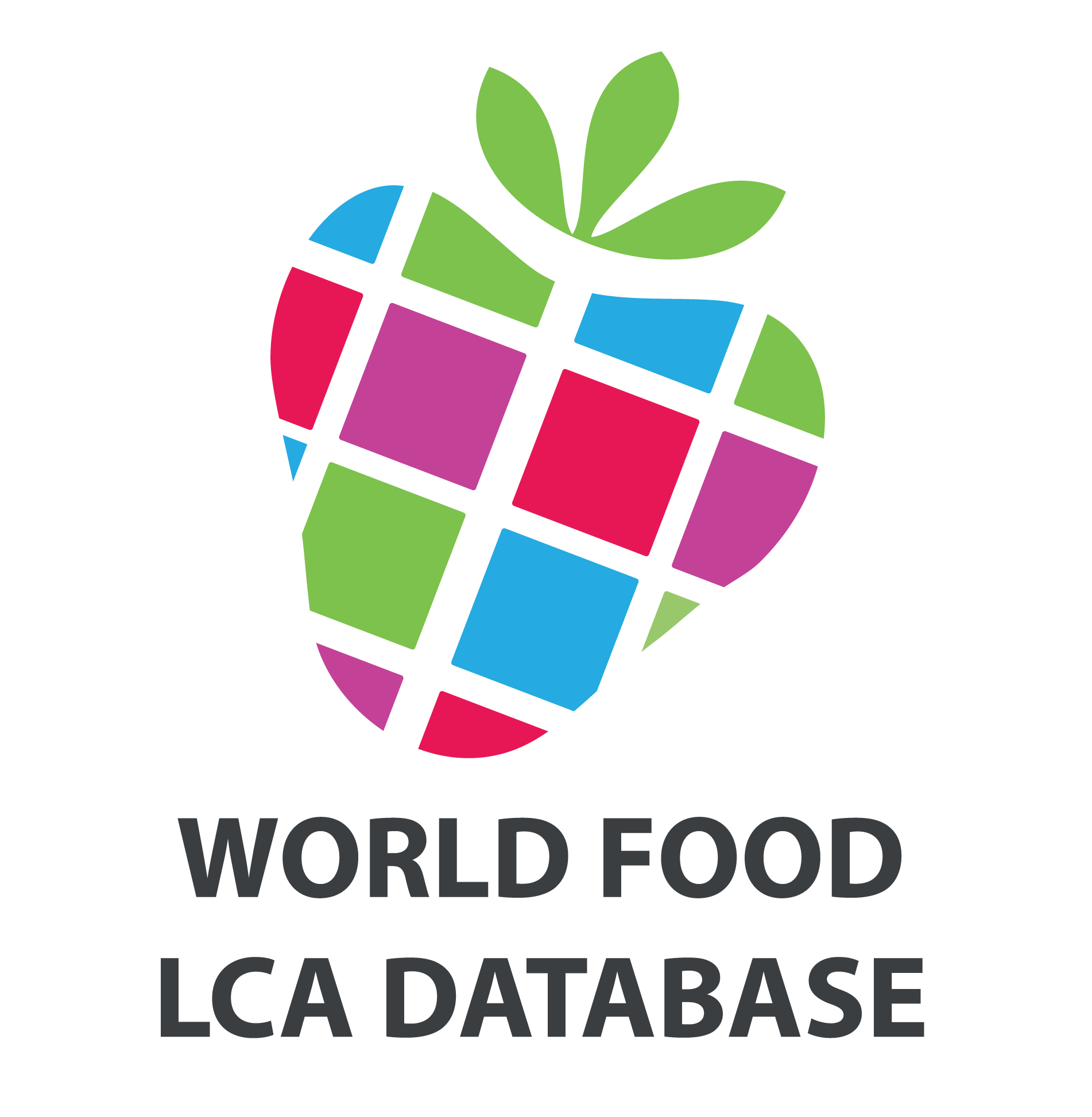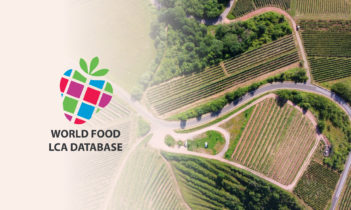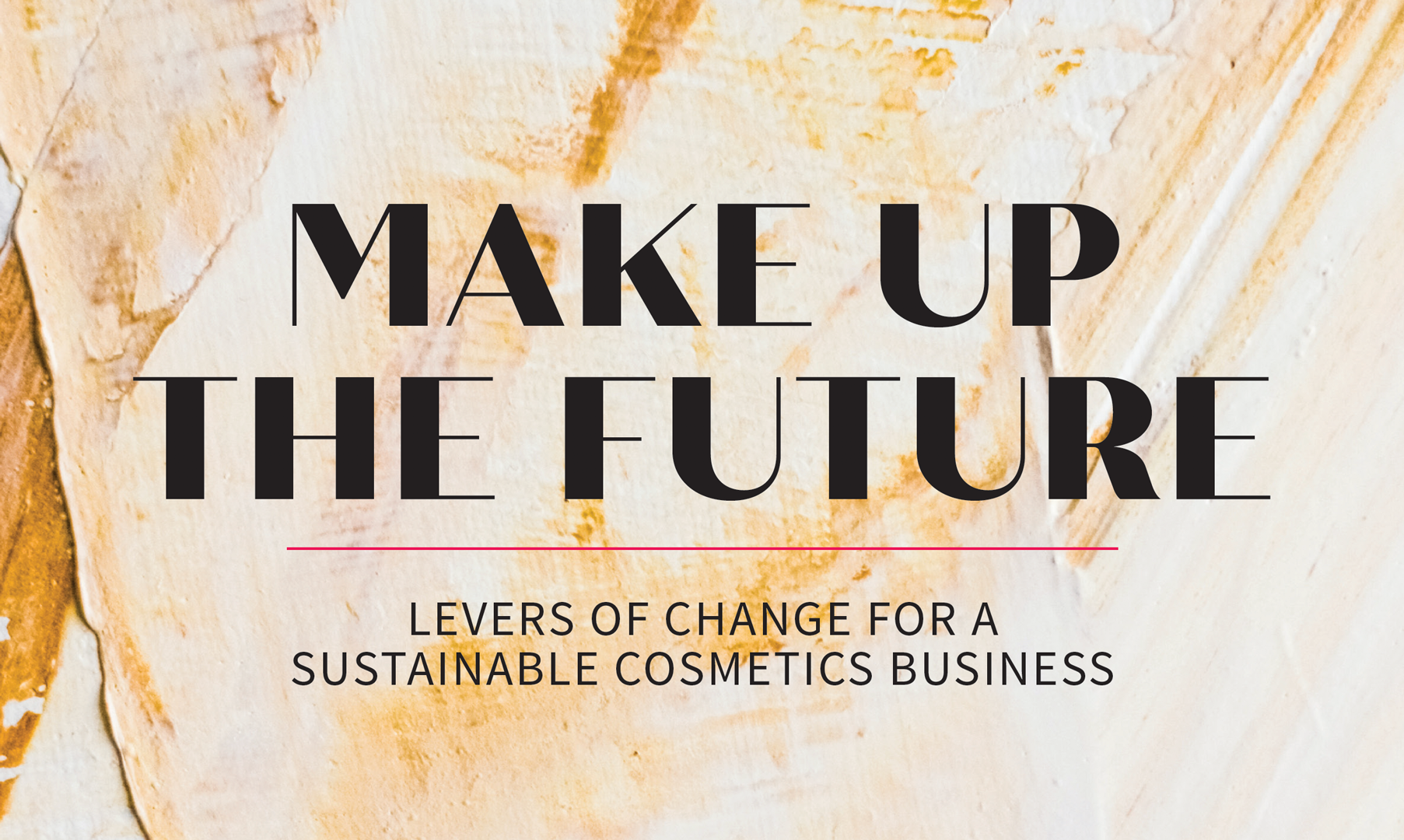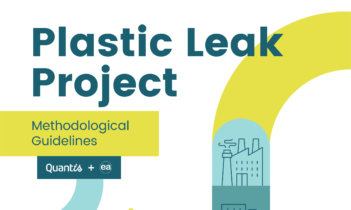

By integrating the World Food LCA Database, that has been developed & enriched by Quantis over the years, within the CO2 AI software, the partnership combines the best of environmental data and AI-powered footprinting. Agri-food companies now have access to the most accurate solution for product environmental impact measurement and reduction.
CO2 AI and Quantis have joined forces to release the largest and most comprehensive life cycle inventory database for the food sector within CO2 AI’s state-of-the-art product footprinting solution.
This powerful integration empowers the agri-food industry to measure product-level environmental impact with unmatched accuracy and speed, enabling the transformation of the entire food value chain.
Consumer goods leaders already utilize the solution to automate the footprinting process and gain a more granular view into emissions hotspots for focused reduction efforts.
The World Food LCA Database, meticulously crafted by Quantis, serves as the most robust life cycle inventory database for the food sector with its high-quality emissions factors. It boasts over 2,600 datasets and 2,300 sub-datasets, encompassing agricultural raw materials, processing, fertilizer production, food products, land-use change, covering activities across 150 countries.
eQosphere allows you to navigate the complexities of emission factors in an intuitive and easy-to-use interface. It also provides breakdown impact factors according to contributions (FLAG, split by GHG), enabling science-based targets settings.
CO2 AI’s Product Footprinting solution now harnesses this extensive database to deliver the most accurate emissions data across entire product portfolios. Utilizing proprietary Gen AI technology, CO2 AI selects the most relevant emission factors to transform millions of rows of activity data into volumes of carbon emissions, in mere minutes. It ensures full traceability of data changes and computation methodologies, empowering companies to confidently share the most accurate product-level environmental impact with their customers.
Allon Zeitoun, Global Leader and Managing Director of Quantis, emphasized, “Leveraging Quantis’ World Food LCA Database within CO2 AI provides the most reliable environmental data and a consistent methodology for assessing the impacts of agri-food products. It has the potential to unlock the sustainability transformation across the entire sector.”
Charlotte Degot, CEO and Co-Founder of CO2 AI, declared, “CO2 AI is thrilled to offer access to Quantis’ extensive food database. We enable agri-food companies to measure emissions with unparalleled accuracy, identify emission hotspots across products and portfolios, and implement the most effective reduction actions.”
This integration marks a significant advancement for the agri-food sector, which accounts for an estimated 28% of global GHG emissions and is a key driver of land-use change, water consumption and pollution, and biodiversity loss. Accurately measuring emissions and impact at the product-level is critical to understand emissions hotspots across raw materials, production, transportation, and more, so that agri-food actors know where to focus their efforts to most significantly reduce environmental impact.
Latest resources

Why an environmental sustainability strategy without nature is incomplete
Businesses have an essential role to play in reversing the trend of nature loss — and a lot to lose from inaction.

Purpose: The 5th ‘P’ in the sustainable food + beverage marketing ...
The 5th 'P' in the marketing mix, purpose, adds depth to product, price, place, and promotion, enabling greater sustainability and impact.

3 key priorities for the sustainable transformation of the chemical se...
Quantis experts have identified 3 pivotal pillars that will play a critical role in shaping the future of sustainable Chemistry.


